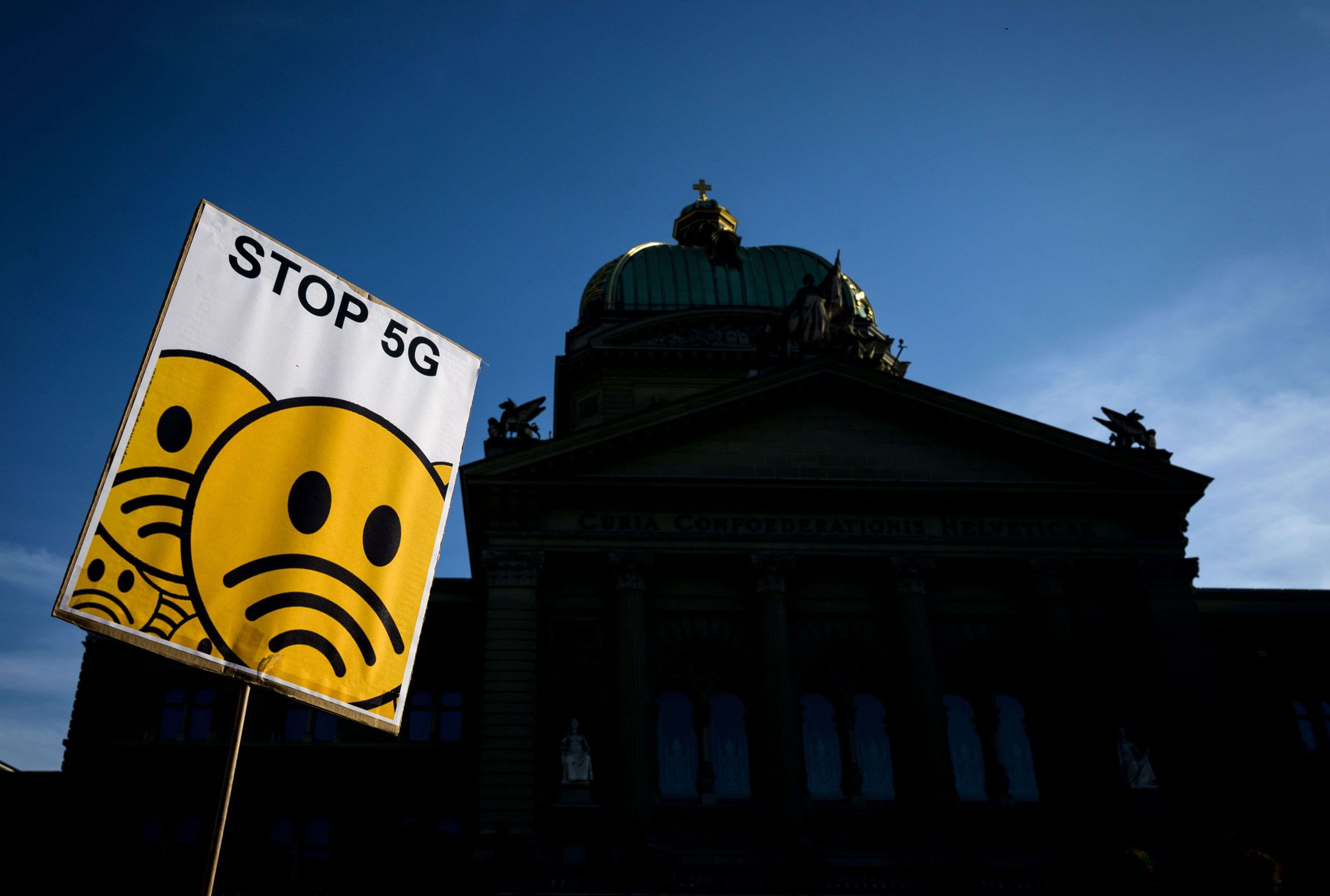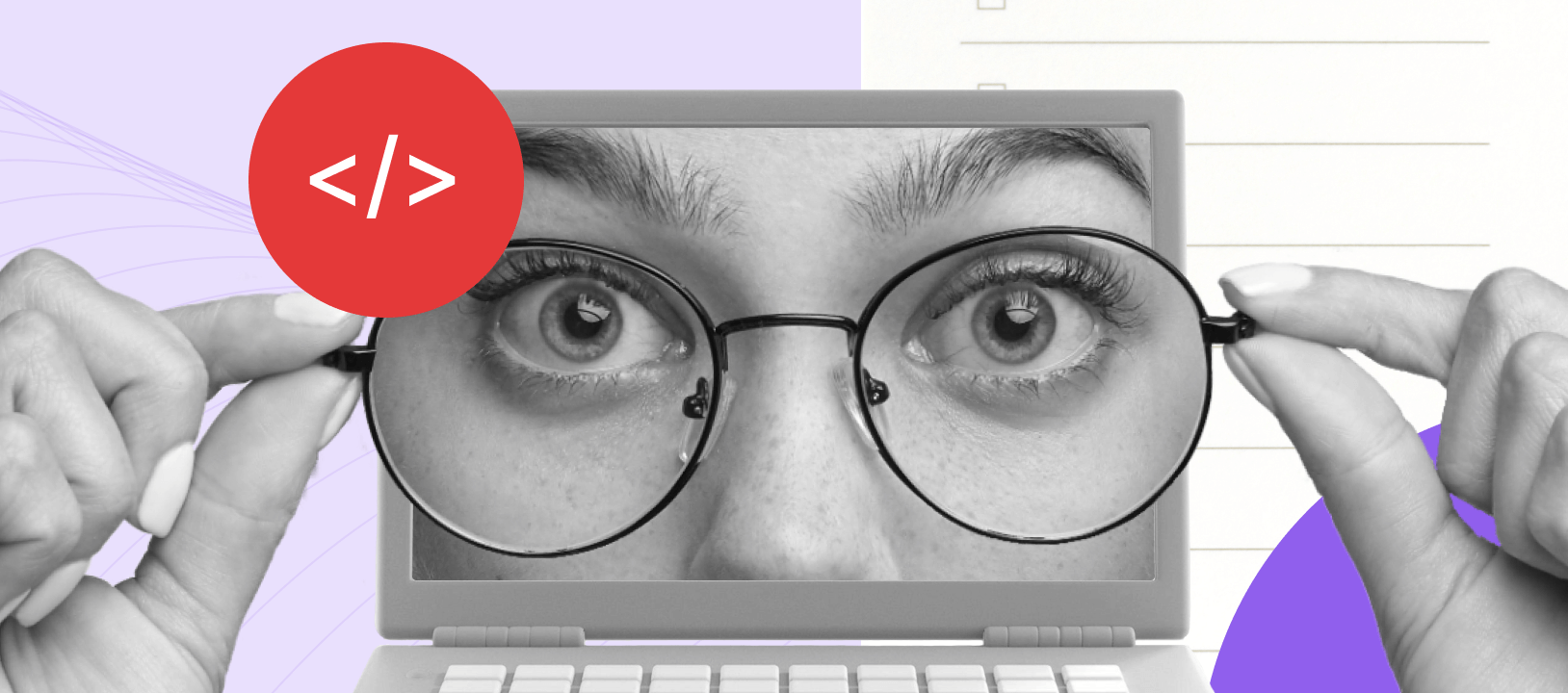As the world is continually developing, the need for a new generation of the network arises itself. That is why 5G has come to the stage. It became a buzzword for many companies, and you are probably facing it each day. Unfortunately, nowadays many people still have some doubts about whether 5G is safe. Let’s start from the beginning.
We’ve decided to shed some light on this fancy new technology, dispel rumors, and explain how it really gonna change the world we know.
5G is a 5th generation mobile network, a new global wireless standard after 1G, 2G, 3G, and 4G networks. 5G enables a new kind of network that is designed to connect virtually everyone and everything together including machines, objects, and devices.
5G wireless technology is meant to deliver higher multi-Gbps peak data speeds, ultra-low latency, more reliability, massive network capacity, increased availability, and more uniform user experience to more users. The expectation is that this technology will have a data processing speed up to 20 times faster than 4G, providing a level of connectivity never before seen.
But downloading videos or streaming movies more quickly are just the icing on the cake. The real benefits are much wider.
Entertainment and sports

With the advent of 5G, the entertainment industry is looking towards rapid growth. First of all, the barriers to cloud gaming will disappear. The technology of streaming games from the operator’s hardware to the user’s screen has been talked about for a long time. And there have been many attempts to implement this technology in the last 15 years. But not a single service has become popular.
With “cloud” gaming, gamers don’t need to buy hardware — just pay for a subscription to use the power of the service.
For now, such subscriptions are either expensive or do not include games and you have to pay separately for them, and not to mention the poor quality of the picture. The industry giants have big plans for cloud gaming. They understand that 5G will make this segment digestible and competitive in the next couple of years.
Extended Reality, or XR — the spectrum of technologies including augmented reality (AR), virtual reality (VR), simulated reality (SR), and others — will deliver strikingly engaging visuals across a wide range of digital uses, in ways most people have never experienced. They mix quality photorealistic virtual graphics with reality so that users can not distinguish one from another at a glance. This requires high download speeds and a reliable, fast connection to the cloud services that will process all this data stream. As in the example of cloud gaming.
The gaming industry stands on the verge of being truly revolutionized — but for now, XR gaming is not widely available to consumers. For now, users generally require expensive hardware, connected by wires to a head-mounted display unit, as the demands XR applications make on processing power and data storage preclude all but the most high-end gaming PCs and consoles.
The mobile industry with 5G and Cloud collaborations can finally bring these experiences to the mass market. XR gaming will genuinely become mainstream when this happens at scale: the low latency and high bandwidth of 5G networks will deliver XR’s ultra-high-resolution 4K or 8K visuals at an appropriate frame rate, and Cloud technology will relieve user’s hardware from complex calculations, making it much cheaper and more affordable.
In the sports world, many clubs, venues, and franchises are already exploring how the match experience of the future might look like.
For example, Verizon and NFL are willing to develop a 5G video game and unveil the real-time experience for fans to play at the Super Bowl. The Sacramento Kings have built an AR-designed stadium to stream NBA games in virtual reality. FIFA created AR selfie-filters for fans to take photos with their favorite players. These technology integrations are just beginning.
The stadium of the future is likely to be full of AR headsets or screens, where fans can pull up stats and data that are overlaid on the field and players or switch the settings to see an entirely new perspective of the field in real-time. It has even become possible to tune up the stadium, where fans will be able to watch the AR-projected game of their favorite team, which plays thousands of kilometers away from a different stadium.
5G in healthcare enhancement

We have already written an article about digital healthcare and how it would improve patient outcomes. Now we just add a few innovative examples of how 5G is revolutionizing health care even more.
One of the 5G benefits applies to remote diagnosis, allowing doctors to analyze symptoms from a distance.
This is particularly advantageous for rural areas without medical resources nearby and also for patients who are unable to travel to see a doctor, for example. Currently, however, the images rendered from 3D CAT scans are several gigabits, and today’s uplink channels are not sufficient for live remote diagnosis. Bringing together specific codec techniques tailored for CAT scan images, and the power of the 5G networks will make complex remote diagnosis possible in the future.
High-speed wireless networks will also enable telesurgeries when specialists in one hospital control equipment in another facility hundreds of miles away. For example, a surgeon in China successfully removed part of a pig’s liver from 30 miles away using a 5G connection.
Another relevant feature comes from TechSee, which is making its virtual assistance platform available for free to a broad array of vital public bodies. This will include emergency response teams, medical institutions, public health bodies, and nonprofit organizations, in addition to private enterprises seeking to embrace social distancing. For example, medical technicians in high-risk areas could lean on remote experts to fix a piece of hospital equipment.
With such technology, specialists can virtually enter a space instead of a physical presence. Leveraging the camera on the customer’s smartphone, the agent sends the end-user a link that opens a web app and then broadcasts the video back to the remote technician. Moreover, the technician can draw, paint, and write on top of the video from their workstation, providing direct visible guidance to the customer.
5G is totally safe for your health. Even mental

Some concerns have been voiced recently about the tech by anti-5G campaigners, particularly with regards to radiation — calm down, research shows there’s no scientific evidence of any risks.
In fact, the International Commission on Non‐Ionizing Radiation Protection (ICNIRP) — a body that assesses the health risks of radio broadcasts — has declared that 5G is safe.
The commission spent seven years on the new guidelines, which have been developed after a thorough review of all relevant scientific literature, scientific workshops, and an extensive public consultation process. The ICNIRP stated that even its previous guidelines, dating back to 1998, would have been adequate for 5G, but additional protections have been put in place. These new guidelines address all forms of 5G, including the very highest frequency spectrum.
This follows tests from Ofcom, the UK’s communications regulator, which found that electromagnetic field (EMF) emissions from 5G are a fraction of the highest safe level. The maximum measured at any site was approximately 1.5% of those levels.
5G has the highest safe level of EMF emissions fraction.
And the most growing recent concerns (and baseless) are that 5G is responsible for COVID-19 spreading. That even has led to vandalism attacks in the UK and Netherlands. But this is nothing more than a conspiracy theory. 5G radiation can’t penetrate the skin or allow the virus to penetrate it. According to the WHO, there is no evidence 5G radio frequencies cause or exacerbate the spread of the coronavirus. Also, the protein shell of the virus is incapable of hijacking 5G radio signals. This is because radiation and viruses exist in different forms that do not interact. One is a biological phenomenon and the other exists on the electromagnetic spectrum. So keep calm.
The end of the first part

As you can see 5G is a very big change in our lives that will affect many spheres. That is why to capture the wider picture and make it easier to understand, this article is divided into two parts. So stay tuned!
And if you need assistance with adopting new technology in our organization and need assistance with it, feel free to schedule an online consultation with our experts on your custom software development.









